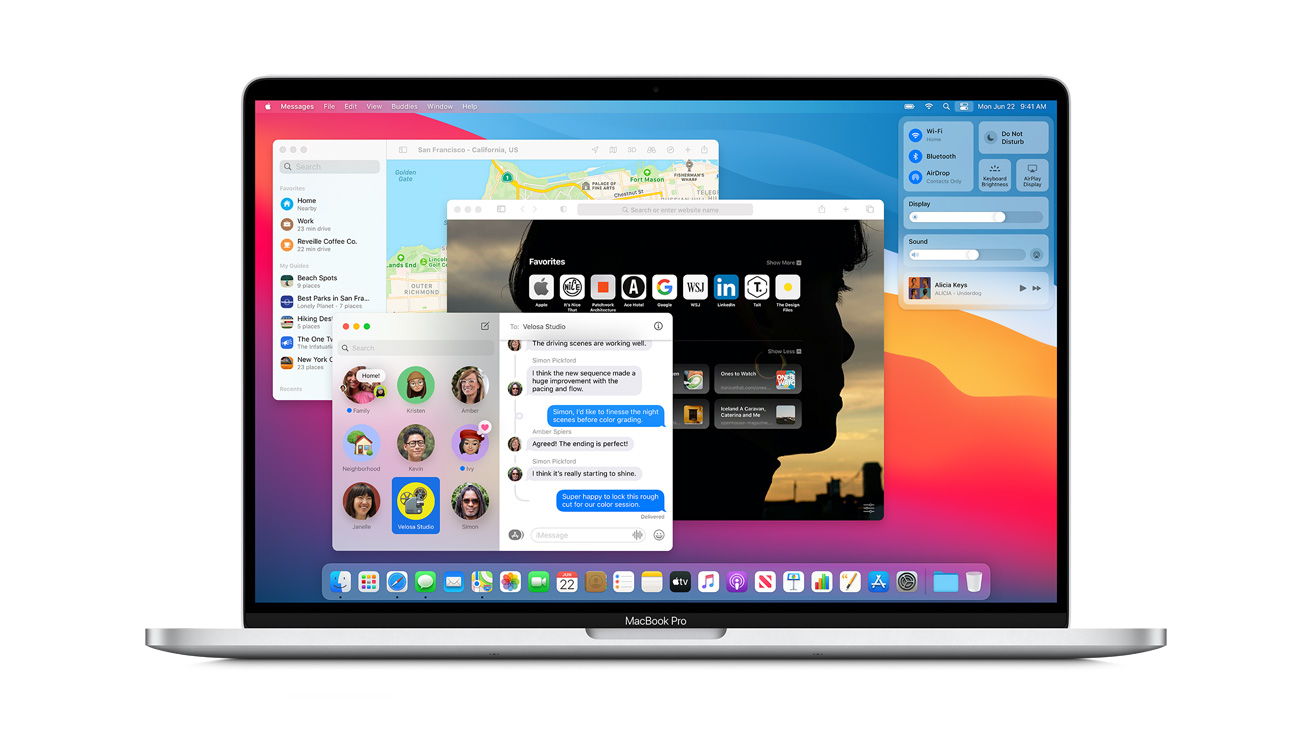

How this works
How to Download and Install River Raid for PC or MAC: Open the emulator software from the start menu or desktop shortcut in your PC. Associate or set up your Google account with the emulator. You can either install the app from Google PlayStore inside the emulator or download River Raid APK file.
If you've downloaded before, jump to the Download section below. If you're new to this, you might read the 'Getting Started' topic on our wiki.
- This game is a new remake of old and very popular game - River Raid. River Raid - Play online This game is remake of old and very popular game - River Raid. Staggering gameplay, 30 levels, a lot of enemies, 100% joy and satisfaction.
- Windows 10 (32-bit) Windows Vista (64-bit) Windows 10 (64-bit) Windows XP (32-bit) Windows 8.1 (32-bit) Windows XP (64-bit) Windows 8.1 (64-bit) Windows 2000.
Install
River Macon Ga
When the download finishes, click on the downloaded file to install. MC will ask a few questions and will then begin importing your media files. You can stop the import and specify where to look if you prefer. During import, MC may be less responsive, but it will speed up when import finishes. During this time, you can click around to try things. Many options are available with a right click.
Purchase
Please purchase from the Help menu in the program. You have 30 days to try the full feature set.
If you leave your e-mail address (optional), we'll let you know when upgrades are available.
We don't share your details. Privacy policy
Download (x32)
This is a build of JRiver Media Center 27 for Windows 32-bit. It works on a 32-bit version of Windows.
Download JRiver Media Center 27.0.85.A newer but possibly less stable version is available on the MC27 board.
Thanks for taking a look at JRiver Media Center.
These key combinations apply only to Mac computers with an Intel processor, not Mac computers with Apple silicon.
To use any of these key combinations, press and hold the keys immediately after pressing the power button to turn on your Mac, or after your Mac begins to restart. Keep holding until the described behavior occurs.
- Command (⌘)-R: Start up from the built-in macOS Recovery system. Or use Option-Command-R or Shift-Option-Command-R to start up from macOS Recovery over the Internet. macOS Recovery installs different versions of macOS, depending on the key combination you use while starting up. If your Mac is using a firmware password, you're prompted to enter the password.
- Option (⌥) or Alt: Start up to Startup Manager, which allows you to choose other available startup disks or volumes. If your Mac is using a firmware password, you're prompted to enter the password.
- Option-Command-P-R:Reset NVRAM or PRAM. If your Mac is using a firmware password, it ignores this key combination or starts up from macOS Recovery.
- Shift (⇧): Start up in safe mode. Disabled when using a firmware password.
- D: Start up to the Apple Diagnostics utility. Or use Option-Dto start up to this utility over the Internet. Disabled when using a firmware password.
- N: Start up from a NetBoot server, if your Mac supports network startup volumes. To use the default boot image on the server, hold down Option-N instead. Disabled when using a firmware password.
- Command-S: Start up in single-user mode. Disabled in macOS Mojave or later, or when using a firmware password.
- T: Start up in target disk mode. Disabled when using a firmware password.
- Command-V: Start up in verbose mode. Disabled when using a firmware password.
- Eject (⏏) or F12 or mouse button or trackpad button: Eject removable media, such as an optical disc. Disabled when using a firmware password.
If a key combination doesn't work
If a key combination doesn't work at startup, one of these solutions might help:
River Macroinvertebrates
- Press and hold all keys in the combination together, not one at a time.
- Shut down your Mac. Then press the power button to turn on your Mac. Then press and hold the keys as your Mac starts up.
- Wait a few seconds before pressing the keys, to give your Mac more time to recognize the keyboard as it starts up. Some keyboards have a light that flashes briefly at startup, indicating that the keyboard is recognized and ready for use.
- If you're using a wireless keyboard, plug it into your Mac, if possible. Or use your built-in keyboard or a wired keyboard. If you're using a keyboard made for a PC, such as a keyboard with a Windows logo, try a keyboard made for Mac.
- If you're using Boot Camp to start up from Microsoft Windows, set Startup Disk preferences to start up from macOS instead. Then shut down or restart and try again.
Remember that some key combinations are disabled when your Mac is using a firmware password.
Learn more
- Keyboard shortcuts that you can use after your Mac has started up.